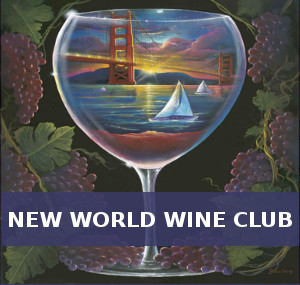Dr. Myrna Tonkinson of the School of Social and Cultural Studies at the University of Western Australia parted the curtains (I was going to write “kimono”) on the rich and varied aspects of foods in a historical perspective. Major points of the history of food production, storage and distribution from the hunter-gather past to the domestication of plants and animals and exploration with colonial expansion were covered in the first session. This wasn’t delivered in turgid academia but charming illustrations, quotes, photos and personal anecdotes woven into the culinary fabric.
Some excellent sources were listed such as Michael Pollan’s (2006) The Omnivore’s Dilemma. The cultural imperatives and politics of foods creating choice and over-choice causes a psychological stress on just what to eat anymore! Isn’t this sadly true with the fad diets and fasting (when not over-feasting on fast foods) on one side of the planet and famines on most of the other? Food is our friend not the enemy. And what happened to conviviality at the table of food traditions, etiquette and dining?
These questions were covered in the second session along with defining the edible, food taboos, excesses and restraints. Pictures of foods around the world provided amusement and horror at what is one or another’s pleasure or poison. Slurping food in Japan is a compliment but disdained in America—well, parts of it.
Francine du Plessix Grey has a wonderful quote on all this. “The act of nutrition is not purely a physiological event…the family meal is a formality that cultivates in us…a capacity for sharing, generosity, thoughtfulness a talent for civilized conversation.” Serial eating of fast foods gulped down by feral teens affects the transmission of values or lack thereof. What happened to leisurely dining a reverence for eating well and thanking the farmers first?
The third session covered famines past and present the inequality of producers and consumers, child labour and then food fads to trends. All ended on a positive note of a return to farmer’s markets, regional seasonal foods grown in community garden’s and organically. When the food purchased is grown less than 100 miles away the customer is a “locavore”. Slow Food was brought forward as a shining example of a better awareness of all aspects culinary and cultured dining. When we eat ethically with an awareness of Fair Trade, Global impact and Animal rights the buzz word is “Ethicurean” (rather than Epicurean).
As a pragmatic chef, writer, teacher, culinarian this course inspired me to get back to growing and assisting in community and school gardens to kitchens to carry on with the message of healthy cooking, fast and Fresh but leisurely dining. In point of fact I created the quote in my sixth cookbook: “Beasts feed, man eats; only the person of aesthetics and intellect knows, how to dine with all his (her) senses.” This was after too many dates of guys gulping their food as my guest when writing restaurant reviews in Southern California.
By Susanne E. Wilder












